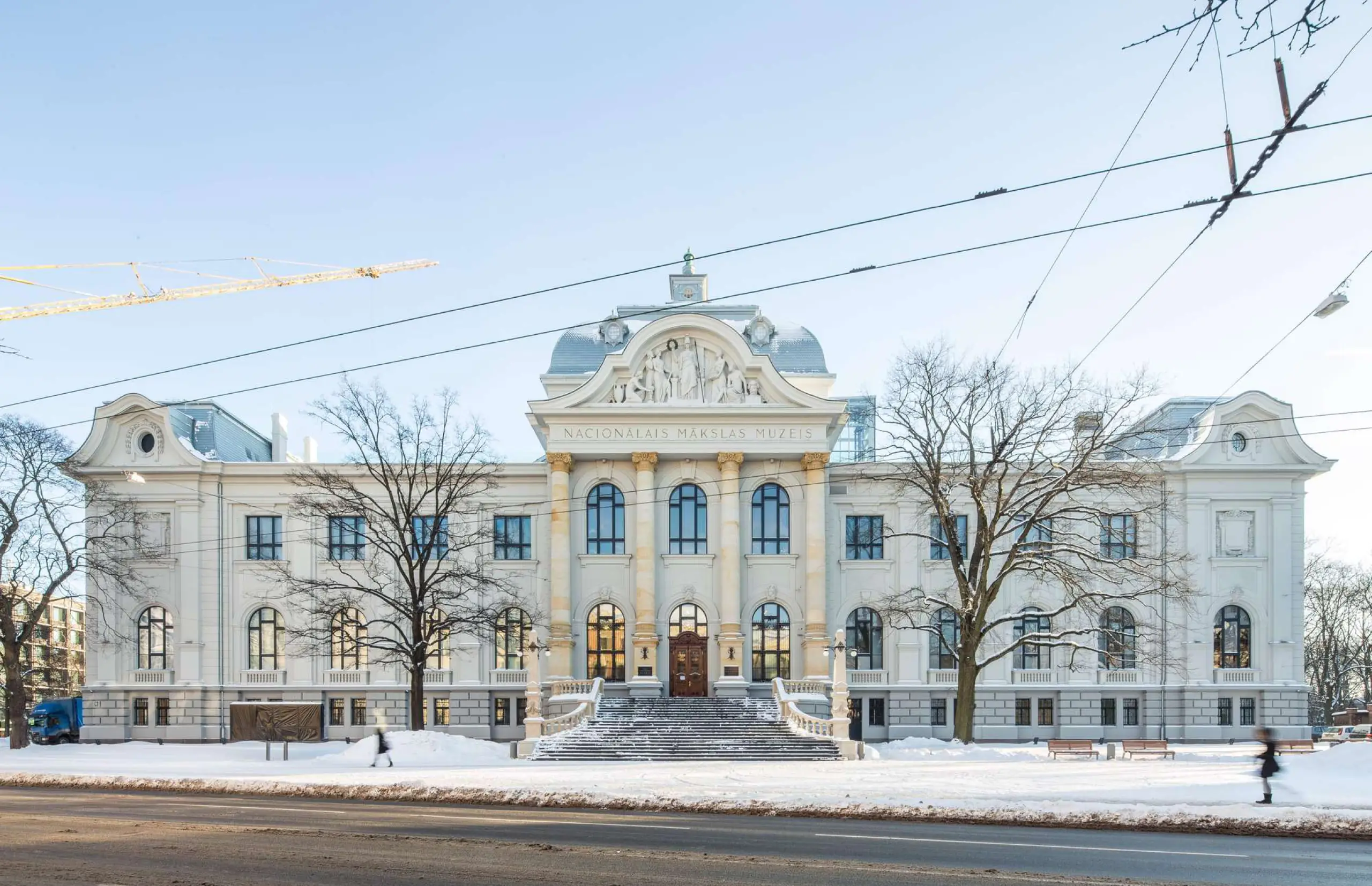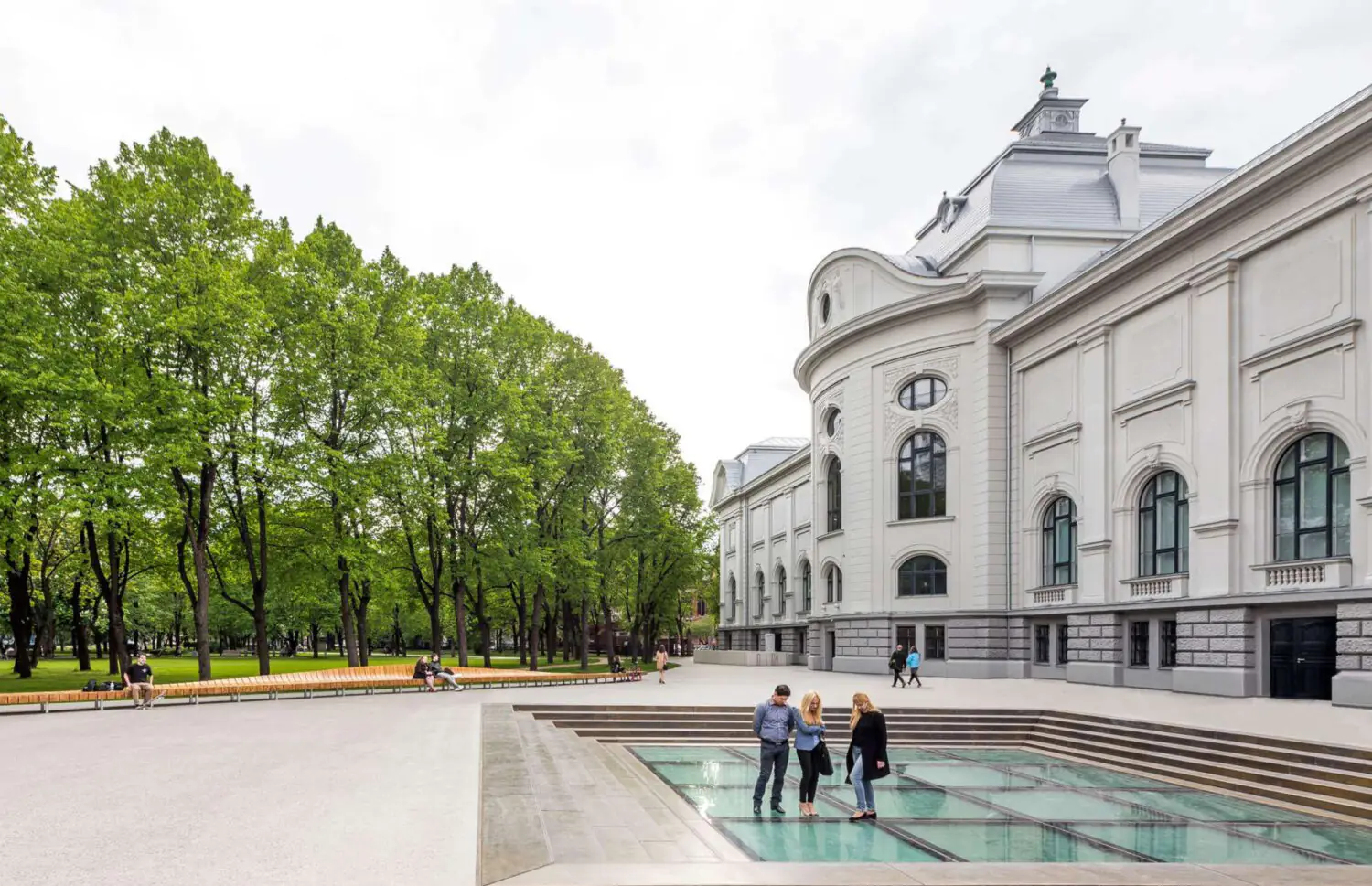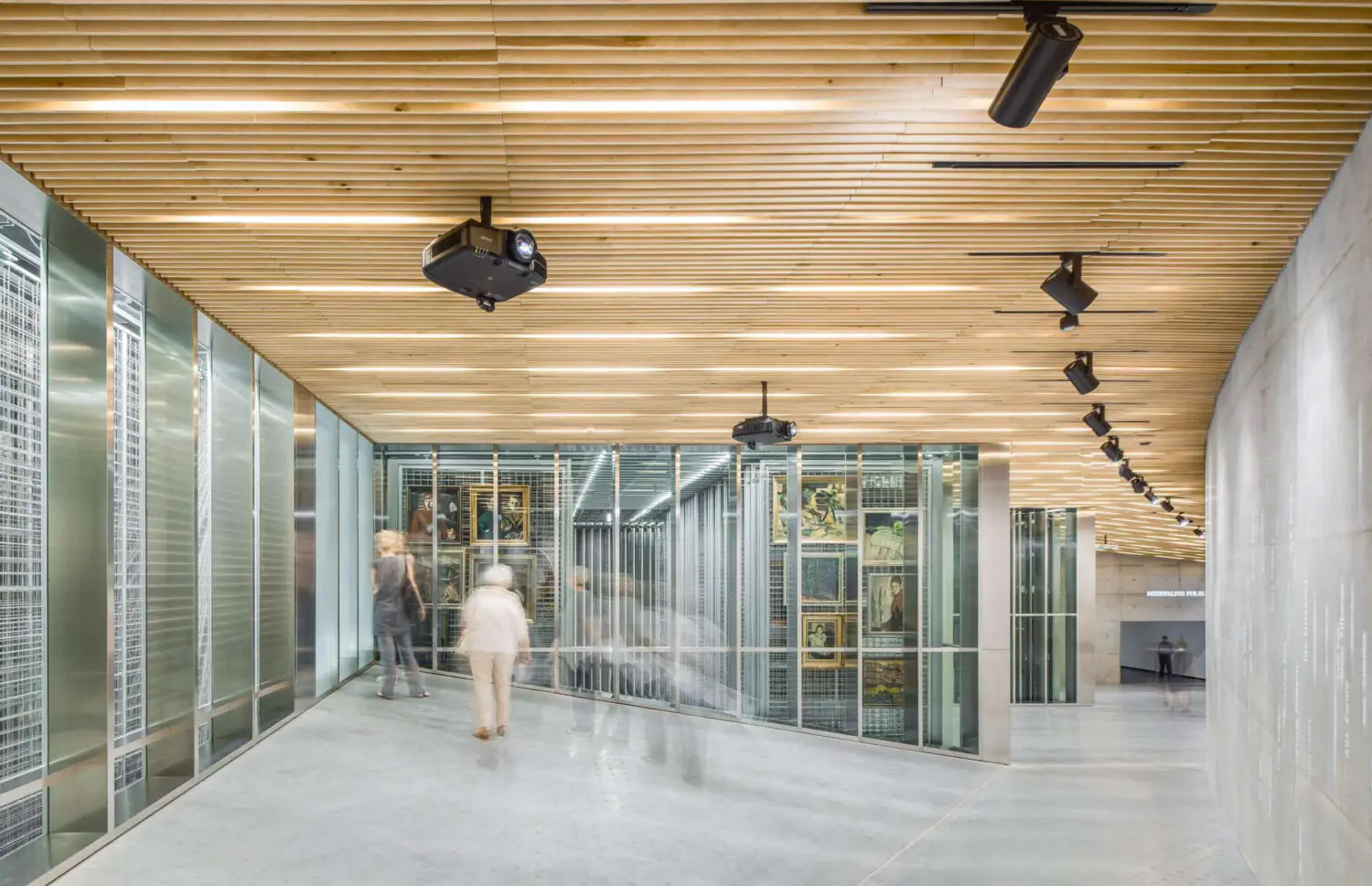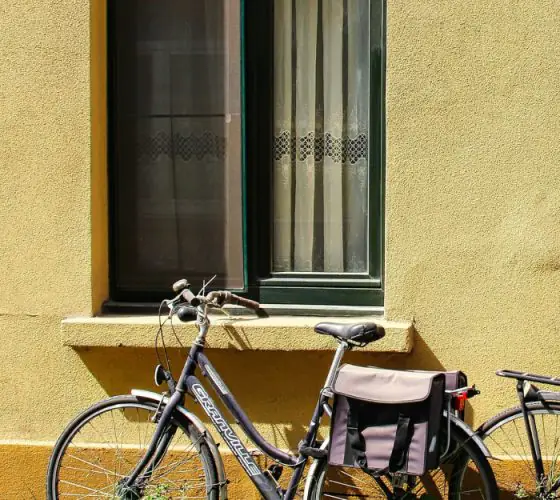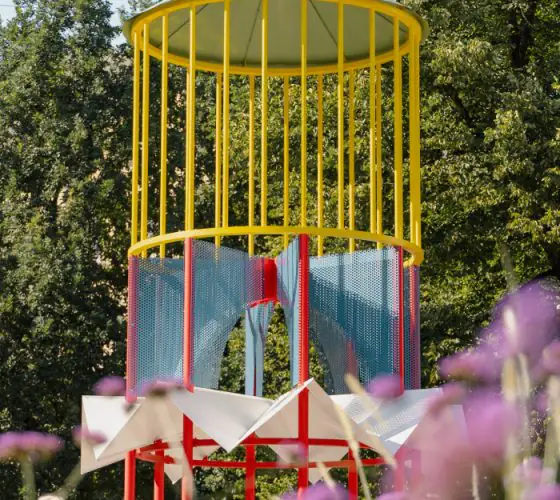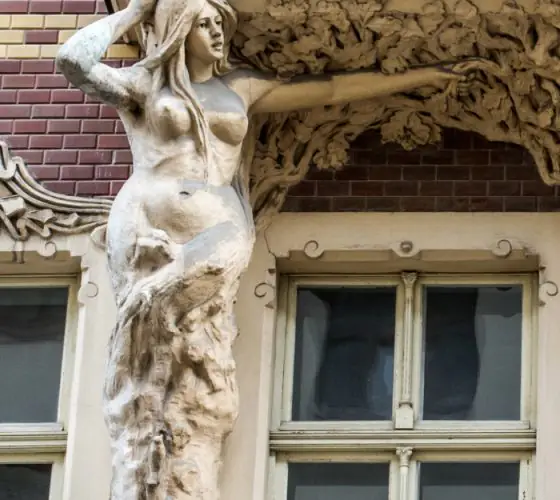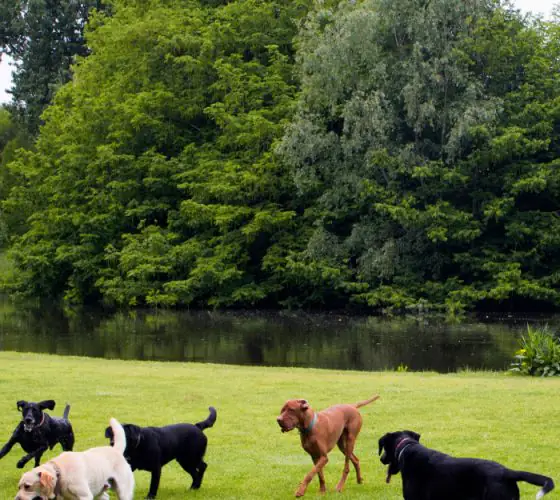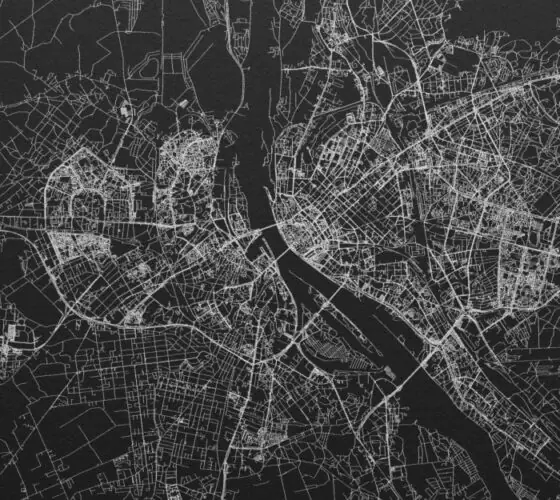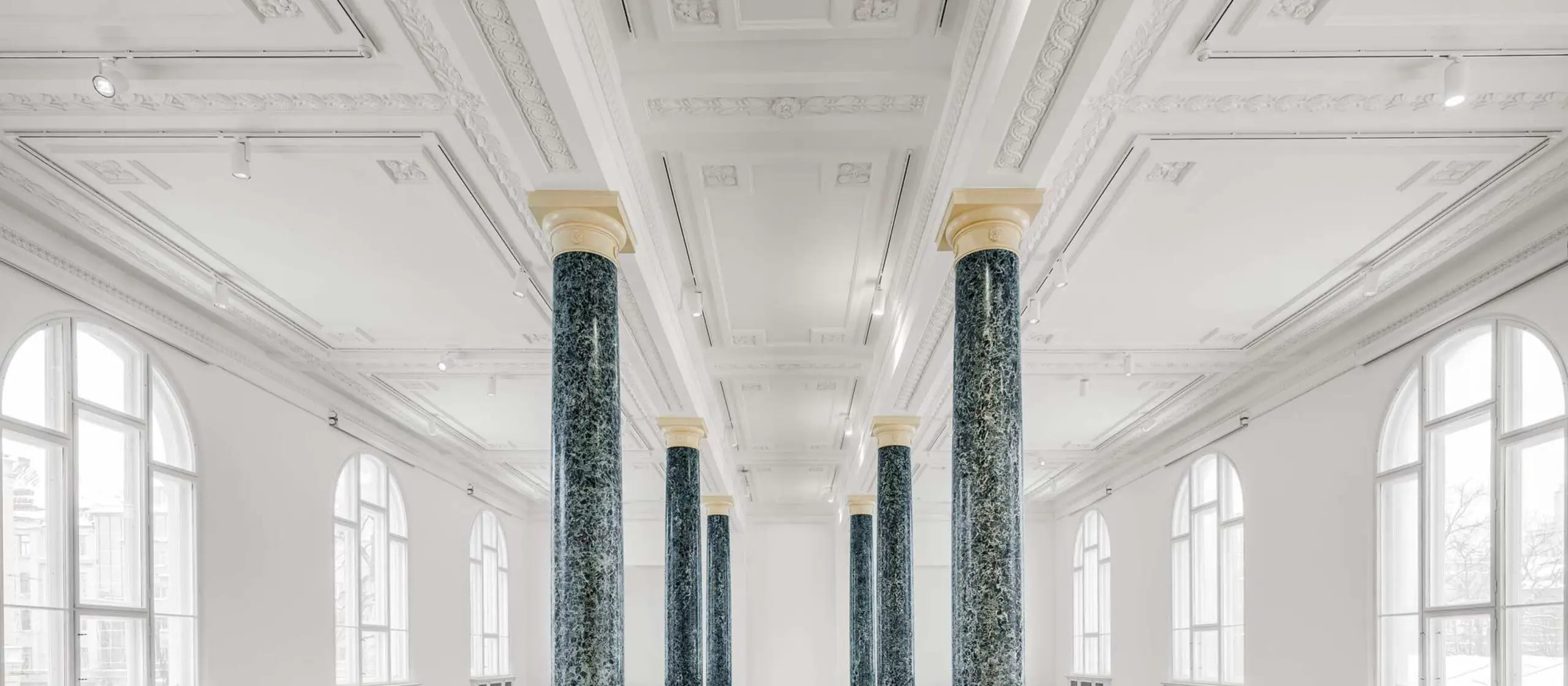
archdaily.com
Restoration is a subtle and deeply cultural work with the historical layers of a building. Restoration can include not only renovation, but also conservation of architectural elements, preserving their authentic appearance. Restoration can also involve partial reconstruction to adapt the building to modern tasks.
During restoration, buildings are often cleared of late decay, i.e. elements that have appeared or changed in a historic building over the course of its existence—it is up to the restoration team to decide what constitutes late decay.
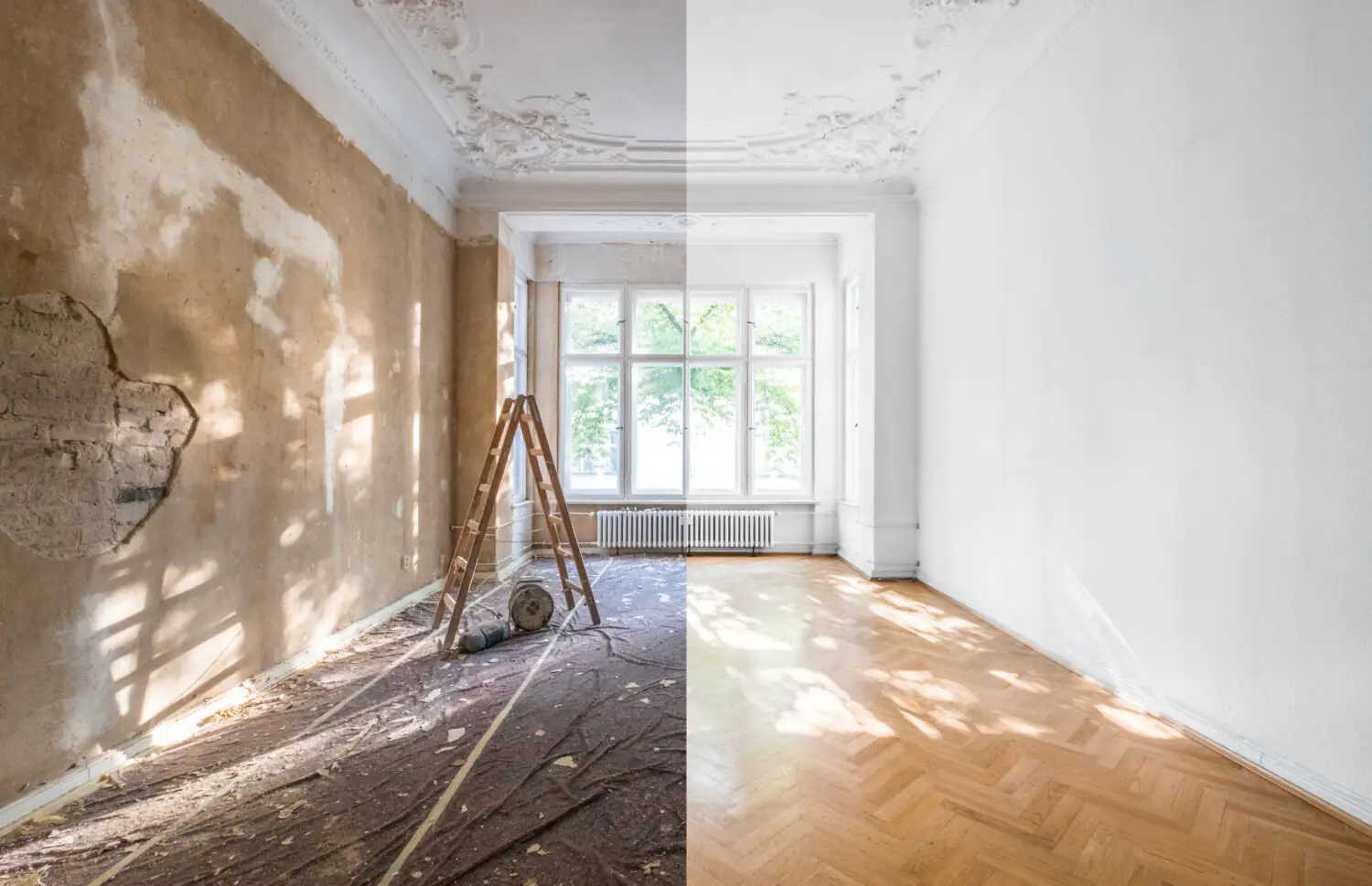
adobestock.com
An important document defining the ethical standards of restoration is the Venice Charter, adopted by the international community in 1964. The main idea of the charter is a clear distinction between old and new elements in a building: the document states that when restoring and adding new elements to a building, a clear distinction should be made between historical (authentic) and modern parts, so that the viewer understands what he or she is seeing and the building does not turn into a historical fake.
This thesis was once not so obvious: approaches to restoration have evolved over the course of Modern and Modern times. As early as the 19th century, the architect Eugène Viollet-le-Duc argued that the restoration of a building is not simply the renovation, conservation or repair of a building, but the rebuilding of a building for the sake of realising some final state—an idea that the restorer sees in the building. Often the actual building may never have existed in that state. This approach was controversial during Le Duc’s lifetime, and was later recognised as too subjective in the mid-twentieth century.
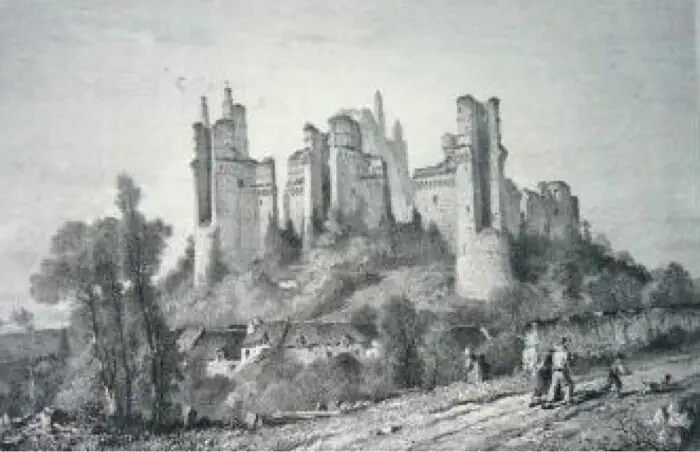
wikipedia.org
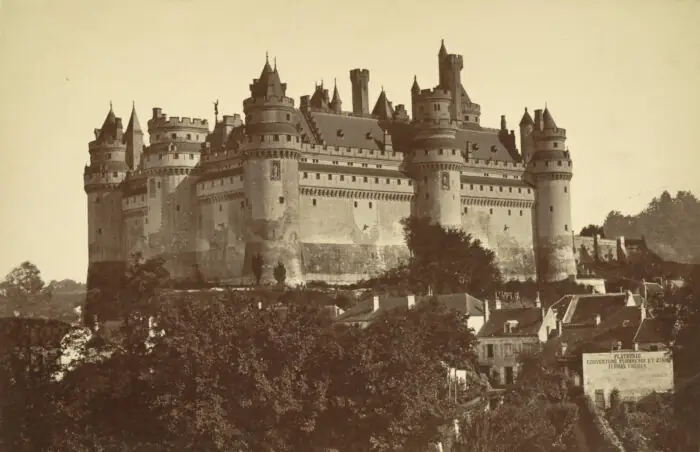
wikipedia.org
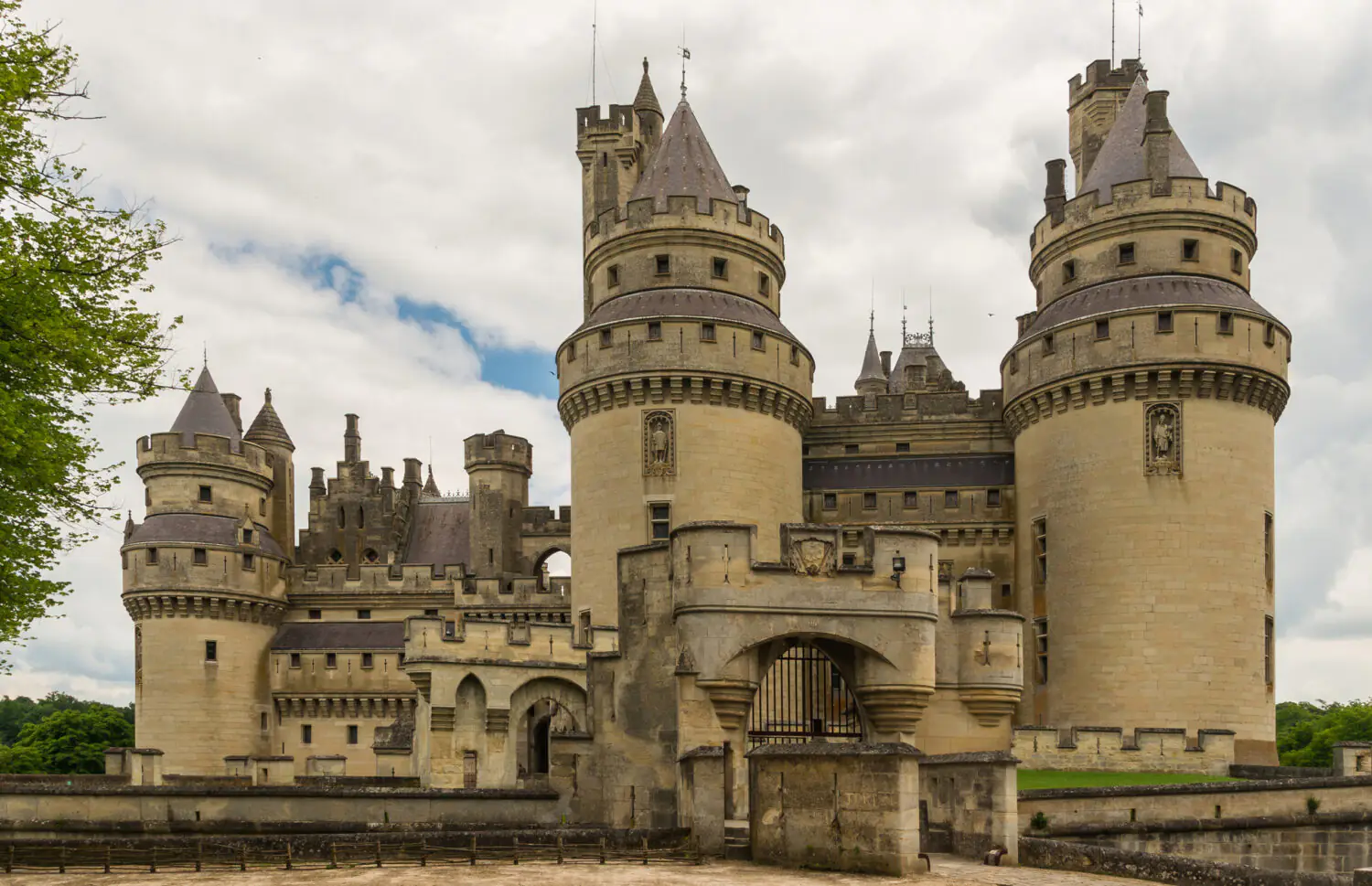
wikimedia.org
Today, in restoration, any intervention is based on strict respect for the historical and aesthetic integrity of cultural heritage: all existing historical evidence must not be destroyed, falsified or reconstructed—that is, not alienated from its authentic appearance. All methods and materials used shall be documented.
At the beginning of the work, the restoration team gets acquainted with the site: they study and systematize historical records, drawings and other archival materials. Field research also plays an important role in the work: architectural and archaeological surveys, measurements, sketches of the building, and foundation surveys. Then, on the basis of the research, a preliminary design is created and the preparation of technical solutions and working drawings for the project implementation begins.
In Latvia, restoration works are supervised by the State Inspectorate for the Protection of Cultural Monuments. As mentioned above, restoration often includes reconstruction, such as at the Latvian National Museum of Art (Latvijas Nacionālais mākslas muzejs).
The museum itself was established in 1869, but the building we know today appeared in 1905 – it was designed by the museum director Wilhelm Neumann, who was an architect and art historian. This building is an architectural monument of national importance. But the museum is constantly evolving, and over the course of a hundred years, its tasks have changed: the building had to be adapted to meet them.
On 25 May 2010, the Riga City Council Property Department announced an international architectural competition for the reconstruction and expansion of the building. Out of twenty-eight projects, the project of Lithuanian architectural bureau Processoffice Vytautas Biekša and Andrius Skiezgelas was recognised as the best.
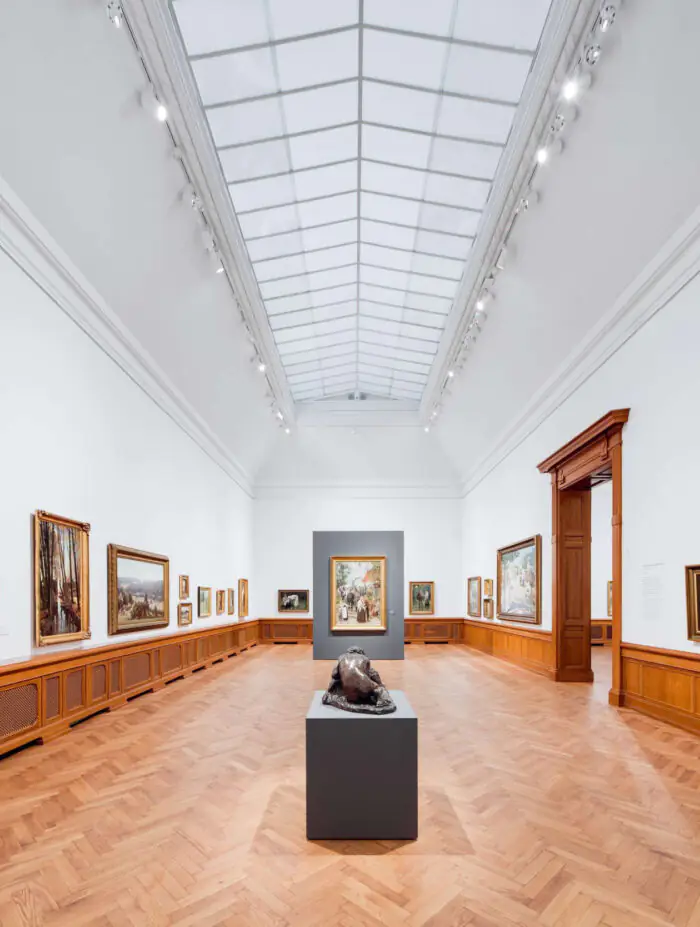
archdaily.com
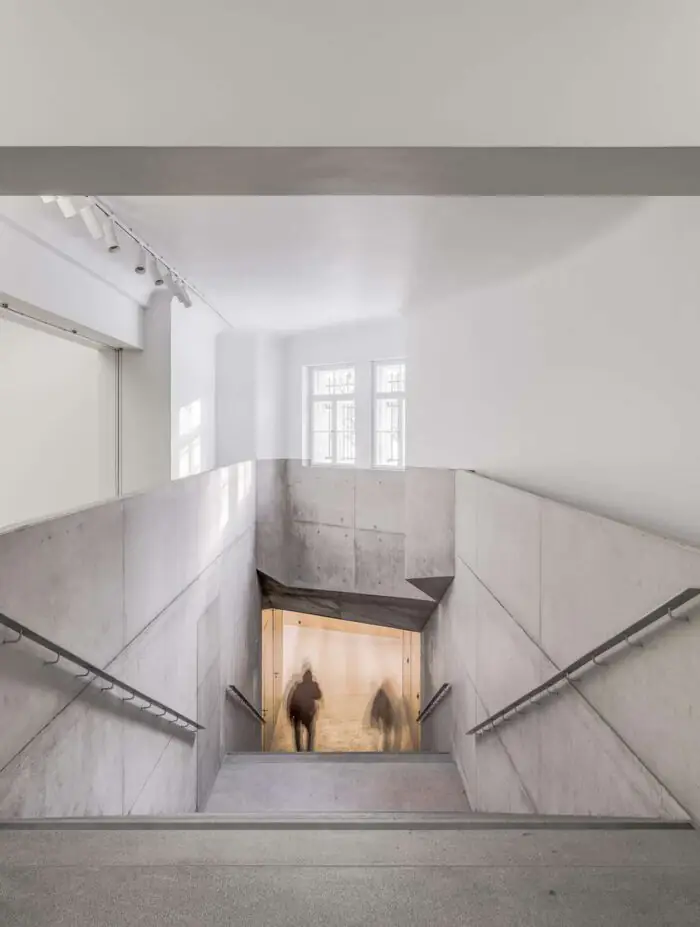
archdaily.com
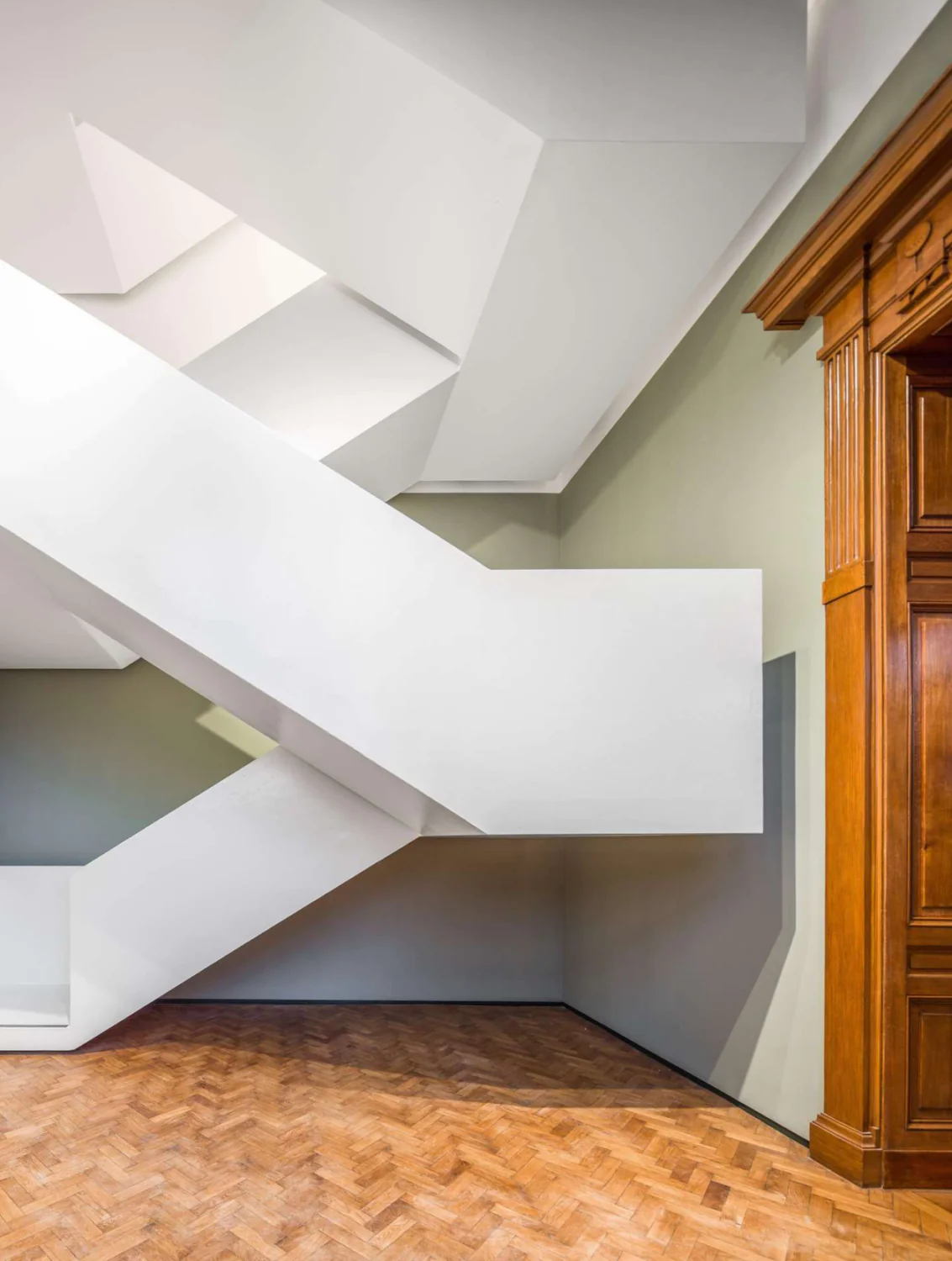
archdaily.com
The museum’s renovation strategy was described through three categories: heritage, aesthetics and function. The architects proposed to restore the authentic details of the building and add underground modern parts to the existing spaces, so that the museum would have additional areas for different tasks, but the shape of the building would not change. The project was realised by 2016.
The ground floor of the historic building now houses educational outreach spaces, a museum café, shop and conference room. For the first time, the museum’s attic and undercroft space with restored wooden structures are also available to visitors. There is also a new underground block with exhibition halls, storage of new collections, restoration and technical rooms. Visitors have a unique opportunity to look into the closed collection vaults through a glass wall, passing into the large exhibition hall.


